Traq
Jul 8, 2019
Brief
"Adventure is a mindset,Some people might dream of adventure but for others, there is no option than to explore extreme places on earth and get immersed in few activities. All this is done to brink the endurance that lies within these adventurers. We at titan want to create a series of collection that will cater to all the adrenaline junkies."

The project is centred around the niche user groups who find happiness in performing extreme activities and designing an exclusive interactive experience for them. Designing unique look and feel for 3 modules yet following the same experience throughout.
The brand structure of Traq, focusing on its four different product offerings: Traq Cardio for running, Hiking for mountaineering, Biking for motorcyclists, and Iron Man for triathletes.
1. Traq Cardio for Running:
- Target Audience: Primarily aimed at runners and fitness enthusiasts who focus on cardiovascular exercises.
- Features: Advanced heart rate monitoring, GPS tracking, real-time performance metrics, and personalized training plans for runners.
2. Hiking for Mountaineering:
- Target Audience: Outdoor enthusiasts, hikers, and mountaineers looking for reliable navigation and health monitoring during their adventures.
- Features: Robust GPS navigation, altimeter, barometer, weather updates, and rugged design to withstand outdoor conditions.
3. Biking for Motorcyclists:
- Target Audience: Motorcycle riders seeking a wearable solution for tracking rides, monitoring health, and enhancing overall biking experience.
- Features: Motorcycle-friendly GPS navigation, speed tracking, route planning, and safety features such as accident detection or emergency alerts.
4. Iron Man for Triathletes:
- Target Audience: Triathletes and multisport athletes aiming to track and optimize their performance across swimming, cycling, and running.
- Features: Multi-sport tracking, swim metrics, transition analysis, and comprehensive performance analytics for each discipline.
Design Overview
To comprehend and empathize with our target group, our research encompassed four design methods: User surveys, User Interviews, Contextual Inquiry, and Immersion.
1. User Research:
- User Surveys: Gathering insights from potential users to understand their preferences and needs.
- Filtration: Sorting through survey data to identify common patterns and preferences.
- User Interviews: Conducting in-depth interviews to delve deeper into user motivations and expectations.
- Contextual Inquiry: Observing users in their natural environments to understand their behaviors and needs.
- Immersion: I Immersed myself in the target audience's world to gain a holistic understanding of their experiences,by actively taking part in the activities that they do. This is was by far one of the greatest experiences i had done and changed the perspectives that i have had.

2. Workshopping:
- Want, Need, Must-Haves: Collaborative workshops to identify user desires, essential features, and necessary elements for each module.

3. Content Strategy:
- Content Inventory: Cataloging and organizing content to ensure it aligns with user needs.
- Card Sorting: Structuring information architecture based on user input to optimize content organization.
4. Operational Functions:
- Information Architecture (IA): Designing the structure and flow of the product for intuitive navigation.
- Tree Testing: Evaluating the effectiveness of the IA by having users perform tasks based on a simplified hierarchy.
5. UI Trends:
- Brand Immersion and Study: Understanding the brand's identity, values, and the visual language to create a consistent UI.
- Explorations: Iterative design explorations to find the right balance between aesthetics and functionality.
- Wireframing: Creating skeletal structures to outline the basic structure and layout of each module.
6. UI Design
- Typography: Choosing fonts that reflect the brand's personality and ensure readability.
- Color Palette: Defining a cohesive color scheme that aligns with the adventurous theme and enhances user experience.
- Iconography: Crafting unique icons for each module to aid quick recognition and navigation.
- Microinteractions: Adding subtle animations and feedback to enhance user engagement.
- Responsive Design: Ensuring the design adapts seamlessly to various devices and screen sizes.
- Prototyping: Building interactive prototypes for user testing and feedback.
7. Usability Testing:
- User Testing: Conducting usability tests to validate design decisions and identify areas for improvement.
- Feedback Loop: Iteratively refining the design based on user feedback to enhance overall user satisfaction.
In summary, the UX design process for Traq Adventure Series involves a comprehensive approach, starting from understanding user needs to implementing intricate UI details, all with the goal of creating a seamless and engaging experience for adventure enthusiasts.

Other Projects













